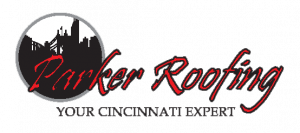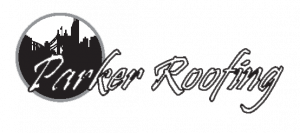Why is my Chimney Leaking & How Can I Fix It?
Jun 12, 2024A leaking chimney can cause significant damage to your home if not addressed promptly. Understanding the common causes of chimney leaks and the steps to repair them can help maintain the integrity of your home and prevent costly repairs down the line.
Common Causes of Chimney Leaks
- Damaged flashing: Flashing is the metal strip that seals the space between the chimney and the roof. Over time, flashing can corrode, crack, or become dislodged, allowing water to seep into the structure.
- Cracked chimney crown – The chimney crown, located at the top of the chimney, is designed to keep water from entering the chimney. A cracked or damaged crown can allow water to penetrate the masonry, leading to leaks.
- Worn mortar joints – The mortar holding the bricks together can erode over time due to weather exposure. This deterioration creates gaps that allow water to enter the chimney.
- Missing or damaged chimney cap – A chimney cap prevents rain, snow, and debris from entering the flue. If the cap is missing or damaged, it can lead to water infiltration.
- Condensation issues – In some cases, condensation inside the chimney can lead to leaks. This is particularly common with metal flue liners, where differences in temperature can cause moisture to form.
- Roof problems – Sometimes, the issue isn’t with the chimney itself but with the surrounding roof. Damaged shingles or roof decking can direct water towards the chimney, causing leaks.
How to Repair a Leaking Chimney
1. Inspect and Repair Flashing
Start by examining the flashing around the chimney. Look for signs of rust, cracks, or gaps. If the flashing is damaged, it should be replaced or resealed. This might involve lifting the shingles around the chimney and installing new flashing.
2. Fix the Chimney Crown
Check the crown for cracks or chips. Minor cracks can be sealed with a high-quality masonry sealant. For significant damage, a professional may need to apply a new crown coating or even replace the crown entirely.
3. Repoint the Mortar Joints
Look for crumbling or missing mortar between the bricks. Repointing involves removing the old, damaged mortar and replacing it with new mortar. This process requires precision to ensure the new mortar matches the existing structure.
4. Install or Repair a Chimney Cap
Ensure that the chimney cap is intact and properly secured. Repair**: If the cap is damaged, replace it with a new one. Installing a cap with a mesh can also keep animals and debris out of the chimney.
5. Address Condensation Issues
Check for signs of moisture inside the chimney, particularly around the flue liner. Insulating the flue liner can help reduce condensation. In some cases, installing a top-sealing damper can also prevent moisture from forming.
7. Fix Roof Problems
Examine the roof around the chimney for damaged shingles or other issues. Replace any damaged shingles and ensure the roof decking is in good condition. Proper roof maintenance is crucial for preventing leaks around the chimney.
The Importance of Preventive Maintenance
Regular maintenance can prevent many of these issues from arising. Schedule annual inspections of your chimney and roof, particularly before and after the winter season. Keeping gutters clean and ensuring proper attic ventilation can also help manage water around your chimney.
By addressing chimney leaks promptly and performing regular maintenance, you can protect your home from water damage and ensure your chimney functions efficiently for years to come. If you’re unsure about performing these repairs yourself, hiring a professional can ensure the job is done correctly and safely.
Need a Chimney Repair?
If your chimney is leaking, you can turn to the experts at Parker Roofing for a high-quality chimney repair. We have a long list of satisfied customers to show as evidence of our success, so you can feel good about your decision to partner with us for this important job. Contact us today to learn about our seamless gutters and flawless installations.

